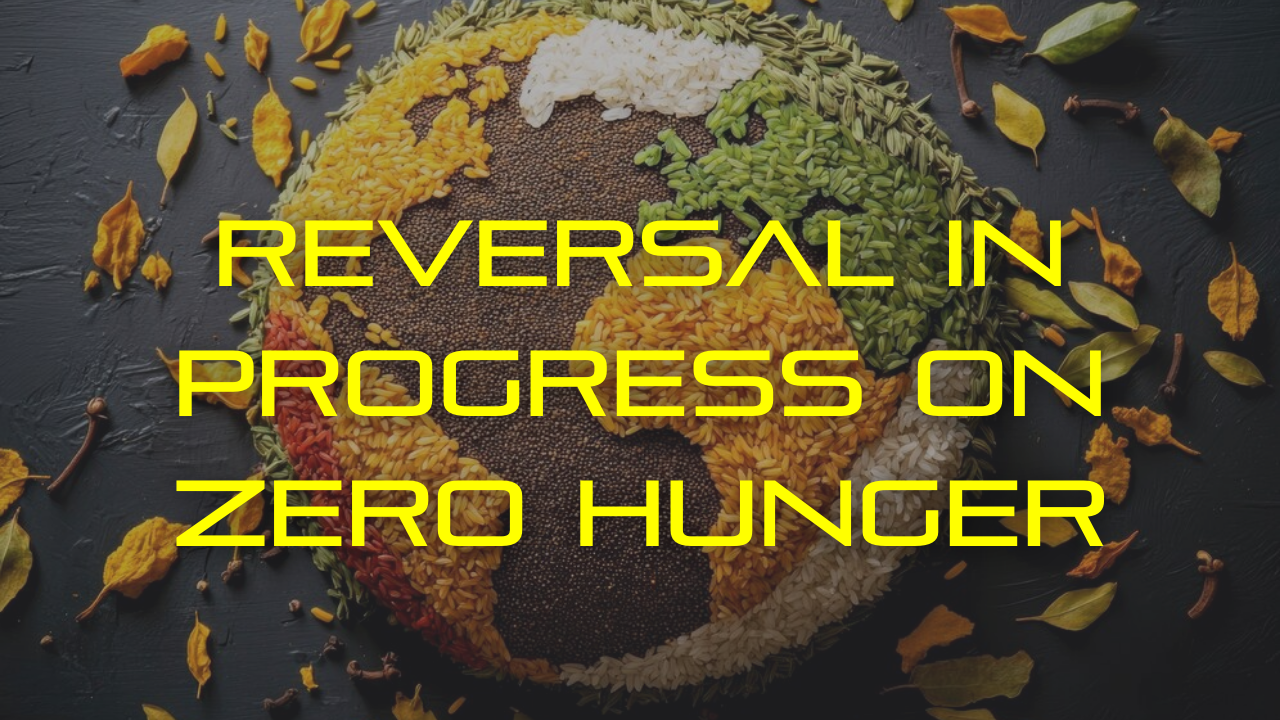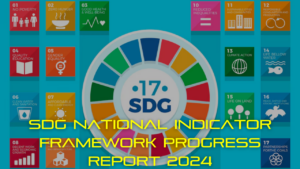Font size:
Print
Reversal in Progress on Zero Hunger
Context: The progress towards achieving ‘SDG 2 – zero hunger’ has reversed with 30% of the world’s population now experiencing food insecurity.
More on News:
- 42% of people are unable to afford a healthy diet, highlighting the severe challenges in accessing adequate and healthy food.
- 600 million people are expected to face hunger by 2030, making ‘zero hunger’ goal increasingly distant, as per Food from Somewhere Report (FFSR).
FFSR by the International Panel of Experts on Sustainable Food Systems (IPES-Food) mentions:
- The global food system lacks resilience due to the pandemic, the Russia-Ukraine war, and the escalating climate crisis.
- Corporate-controlled food supply chains have shown vulnerability to trade disruptions, climate impacts, and market volatility.
- Local food supply chains, such as public markets, street vendors, urban agriculture, and online direct sales, have shown strong resilience and equity.

Benefits of Localised Food Systems:
- Diverse and Nutritious Foods: Access to a variety of nutritious foods.
- Resilience: High adaptability to shocks and disruptions.
- Affordability: More accessible prices.
- Sustainability: Environmentally sustainable practices.
Challenges of Localised Food Systems:
- Policy Penalties: Local food markets face penalties from trade and investment policies and agricultural subsidies.
- Infrastructure Needs: Many local markets lack adequate infrastructure such as sanitation and storage facilities.
New approaches are needed to enhance food self-sufficiency, resilience to shocks, and rebuild food security based on calls for food sovereignty:
- Public Procurement: Redirect public procurement to support sustainable small-scale producers.
- Infrastructure Investment: Shift subsidies to invest in infrastructure and networks that support ‘territorial markets.’
- Market Protection: Protect local markets from corporate takeover.
- Sustainable Farming: Encourage sustainable, biodiverse farming practices and diverse diets.
- Recommendations: Governments must act decisively to bolster sustainable small-scale producers.
- Provide necessary infrastructure for local and regional food markets.
- erritorial markets support small-scale producers, sustain diverse food cultures, boost biodiversity, and promote community cooperation.
Global Hunger Index (GHI)
- In the 2023 GHI, India ranks 111th out of the 125 countries .
- With a score of 28.7, India has a level of hunger that is serious.
- India has the highest child wasting rate at 18.7%, child stunting rate of 35.5%, undernourishment prevalence of 16.6%, and an under-five mortality rate of 3.1%.




